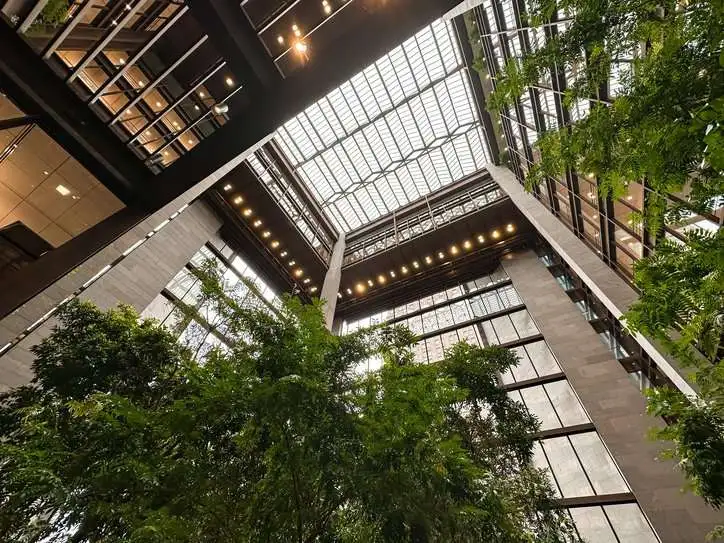ANSI/IES LP-9-20: Commercial And Industrial Facilities

The average American spends as much as 90% of their time inside—mostly at work. As such, ensuring that buildings are healthy is critical for the well-being of employees. Pollutants and poor ventilation in a building negatively impacts employee’s health and thus their productiveness at work. The energy efficiency of a building is one critical indicator of the health of a building. ANSI/IES LP-9-20: Lighting Practice: Upgrading Lighting Systems In Commercial And Industrial Facilities covers lighting efficiency in commercial and industrial facilities.
Improving Energy Efficiency
Increasing lighting efficiency is often the most cost-effective energy efficiency improvement that can be made to an existing building. It not only reduces energy consumption but also saves money on utility bills, contributes to a more sustainable environment, and can improve the comfort and productivity of building occupants. ANSI/IES LP-9-20 specifies that there are three basic approaches for improving the energy efficiency of an existing lighting system: retrofit, redesign, or a combination of both.
- Retrofit: installing new components into an existing luminaire. This could be as simple as replacing the light source with one of a newer technology, or as extensive as replacing the interior of a luminaire with a new light source and lens.
- Redesign: revising the location of existing luminaires or adding or removing luminaires.
Retrofitting the existing luminaires is the more common approach, but depending on a variety of factors, redesign may be the better choice. ANSI/IES LP-9-20 details thorough guidelines to determine which of these energy saving methods is advantageous.
What Is ANSI/IES LP-9?
ANSI/IES LP-9-20 addresses the general methods of performing a successful lighting upgrade in commercial and industrial facilities, such as schools, offices, retail establishments, and healthcare facilities. Every lighting project is different because of a wide variety of factors, such as architectural and luminaire styles, age of the building and its lighting systems, tasks performed, and the age of occupants. To improve the facility’s lighting efficiency, this American National Standard details that the designer should consult the latest product information obtained directly from lighting manufacturers for the most current data.
ANSI/IES LP-9-20 is intended for commercial and institutional building owners, lighting practitioners, facility managers and engineers, energy service companies, retrofitters, and utility representatives considering a lighting upgrade.
What Is a Healthy Building?
It was not until the 1990s that term “healthy buildings” came into existence in response to the term “sick building syndrome” coined by WHO in the 1980s. A healthy building should integrate environmental responsibility and its users’ well-being concerns into architecture and interior design. Improving the health of a building has tangible take-aways for a business. A study found when comparing the experience of workers in six “standard” offices versus six green-certified offices in different cities, those in the certified ones exhibited a bettercognitive performance, better sleep quality, and 30% fewer “sick building” symptoms like headaches or respiratory complaints The researchers found when evaluating the buildings for differences that the certified facilities had lower humidity levels and brighter light than the non-certified ones.
How Can Buildings Become Healthier?
Simply put, a healthy building integrates resource-efficiency solutions in its design and has a positive impact on its users’ physical and mental health. Here are crucial key factors when considering the health of a building:
- Better water quality
- Reducing noise
- Regulating temperature
- Better thermal comfort
- Improved ventilation
- Cleaning harmful agents like dust and pests
- Immediately addressing moisture or mold
- Maximizing light
ANSI/IES LP-9-20: Lighting Practice: Upgrading Lighting Systems In Commercial And Industrial Facilities is available on the ANSI Webstore.






